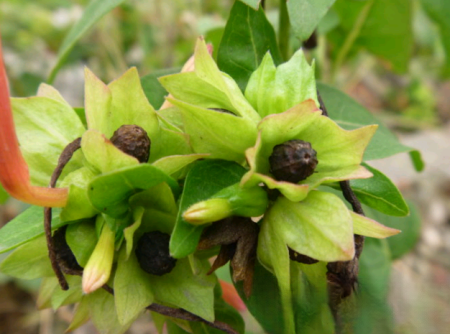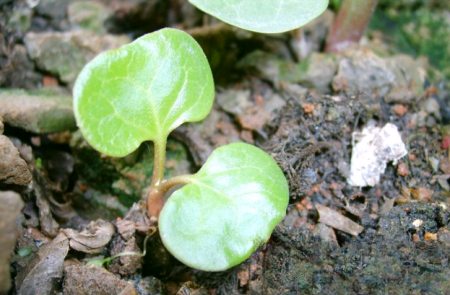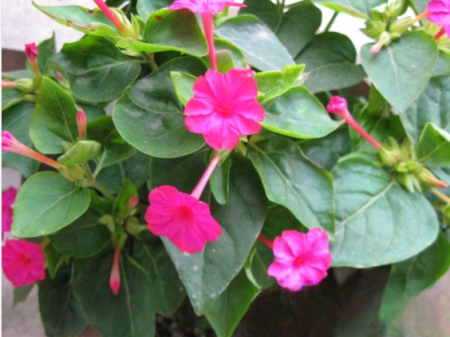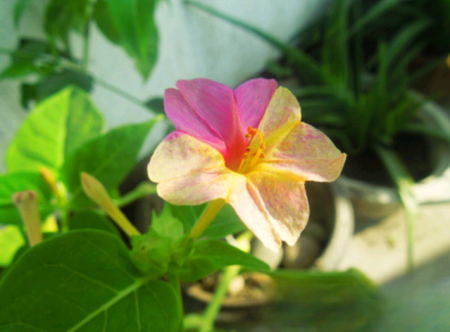How to propagate Mirabilis jalapa, sowing, cutting, root tuber propagation method
Editor: Zhi Meng Xiaobian 2017-11-04
How to propagate Mirabilis jalapa? Mirabilis jalapa can generally be propagated through three methods: seed sowing, cuttings, and tubers. Flower lovers can choose the appropriate propagation method based on their own conditions to propagate Mirabilis jalapa well and make more and more Mirabilis jalapa.

How to propagate Mirabilis jalapa? Mirabilis jalapa can generally be propagated through three methods: seed sowing, cuttings, and tubers. Among them, seed sowing is the most common one. The following is a detailed explanation of the three propagation methods, hoping to help flower lovers better propagate Mirabilis jalapa.

How to propagate Mirabilis jalapa
1. Seed sowing method
Mirabilis jalapa is propagated by seeds. First, collect the seeds of Mirabilis jalapa, then sow and raise seedlings in March-April of the following year. When the seedlings grow 2-4 leaves, they are transplanted. The spacing between plants is preferably 50-80 cm. Pay attention to shade after transplanting. Mirabilis jalapa is easy to manage and easy to grow. Just pay attention to proper fertilization and watering. Mirabilis jalapa is a wind-pollinated flower. Different varieties are very easy to hybridize. If you want to maintain the characteristics of the variety, you should cultivate it in isolation.

2. Cutting propagation method
For cutting propagation of Mirabilis jalapa, foot buds, top buds, axillary buds, etc. can be used as cuttings. Among them, foot buds have the strongest growth potential, are not easy to degenerate, and have strong disease resistance. Sand, slag, garden soil, etc. are used as substrates. After cutting, the temperature is controlled at about 20℃, and roots can be formed in 10 days. After rooting, move them into containers to cultivate seedlings.

3. Root propagation method
The tubers of old Mirabilis jalapa plants can be repeatedly propagated for 3 to 5 years, and generally the species will gradually decline after the second year. In the south of the Yangtze River, the tubers can safely overwinter as bulbous flowers. In areas where they cannot overwinter, the plants can be cut off 3 to 5 cm from the ground after frost, and the tubers can be dug out. When the skin is dry, they should be placed in a dry place without direct sunlight. No watering is done for the whole winter, and the temperature is controlled at about 10℃. New plants will grow again after planting the following year.